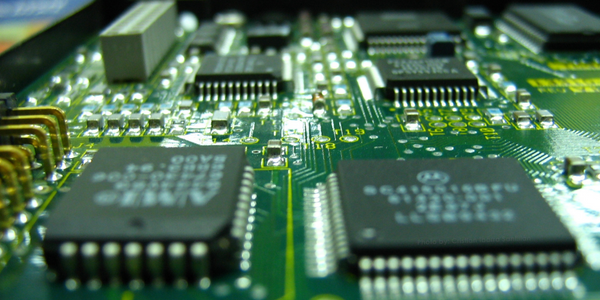下载PDF
API Integration

技术
- 应用基础设施与中间件 - 中间件、SDK 和库
适用行业
- 电子产品
适用功能
- 销售与市场营销
挑战
Inilex 是提供基于移动位置的服务的领导者,每天必须在数千张 SIM 卡上执行操作。总是有新客户需要激活他们的 SIM 卡,有些需要暂停服务,同样有些人希望恢复他们的服务。对 Inilex 来说,让所有这些操作自己完成是一个挑战。他们必须设计一个完整的 CRM 和计费系统来执行所有这些操作。而且由于客户数量的增加,它也必须具有足够的可扩展性。
客户
伊莱克斯
关于客户
自 2003 年成立以来,Inilex 已成为价格实惠、智能、基于移动位置的服务的领先供应商,该服务包括 GPS 跟踪设备、应用程序和管理软件。公司服务于多个行业
解决方案
面对挑战,他们发现了全球M2MConnectivity解决方案提供商; Wyless 提供了一个独特的 SaaS 平台 Porthos。 Porthos 为用户提供了许多不同的 API。它们包括 RESTful API,包括同步和异步的。
运营影响
数量效益
相关案例.

Case Study
Remote Temperature Monitoring of Perishable Goods Saves Money
RMONI was facing temperature monitoring challenges in a cold chain business. A cold chain must be established and maintained to ensure goods have been properly refrigerated during every step of the process, making temperature monitoring a critical business function. Manual registration practice can be very costly, labor intensive and prone to mistakes.

Case Study
Cloud Solution for Energy Management Platform-Schneider Electric
Schneider Electric required a cloud solution for its energy management platform to manage high computational operations, which were essential for catering to client requirements. As the business involves storage and analysis of huge amounts of data, the company also needed a convenient and scalable storage solution to facilitate operations efficiently.

Case Study
Leveraging the IoT to Gain a Competitive Edge in International Competition
Many large manufacturers in and outside Japan are competing for larger market share in the same space, expecting a growing demand for projectors in the areas of entertainment, which requires glamor and strong visual performance as well as digital signage that can attract people’s attention. “It is becoming more and more difficult to differentiate ourselves with stand-alone hardware products,” says Kazuyuki Kitagawa, Director of Service & Support at Panasonic AVC Networks. “In order for Panasonic to grow market share and overall business, it is essential for us to develop solutions that deliver significant added value.” Panasonic believes projection failure and quality deterioration should never happen. This is what and has driven them to make their projectors IoT-enabled. More specifically, Panasonic has developed a system that collects data from projectors, visualizes detailed operational statuses, and predicts issues and address them before failure occurs. Their projectors are embedded with a variety of sensors that measure power supply, voltage, video input/ output signals, intake/exhaust air temperatures, cooling fan operations, and light bulb operating time. These sensors have been used to make the projector more intelligent, automatically suspending operation when the temperature rises excessively, and automatically switching light bulbs. Although this was a great first step, Panasonic projectors were still not equipped with any capability to send the data over a network.








